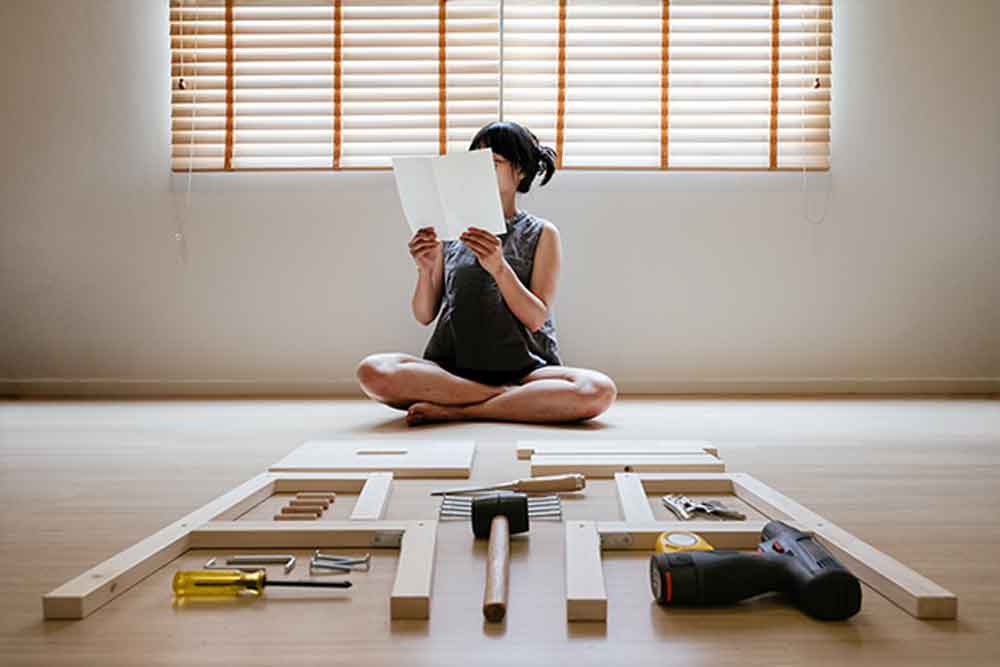Ever noticed how much you cherish a handmade gift, or that lasagne you whipped up from scratch, even if it wasn’t quite perfect? That’s the magic of the IKEA effect—a psychological phenomenon that makes us value things more simply because we’ve put in the effort to create them.
So, why does putting in the work make us feel so attached? Let’s dive into the fascinating world of effort vs value, and how our not-so-rational brains work.
What Exactly Is The IKEA Effect?
The IKEA effect gets its name from the Swedish furniture giant, famous for furniture that you have to assemble yourself. It’s all about how we tend to overvalue things we’ve partially created, even if the process was tedious and cumbersome.
This phenomenon isn’t just about sentimentality. Studies show we’re often willing to pay more for things we’ve had a hand in making, rather than similar ready-made items. For example, when researchers asked participants to assemble furniture or fold origami, they found that people thought their own ’masterpieces‘ were just as valuable as expert creations.

Why Does The IKEA Effect Occur?
There are three main reasons why the IKEA effect works its magic on us:
1. Effort Justification
When you put effort into something, your brain doesn’t want to admit it wasn’t worth it. To avoid feeling like your time was wasted, you convince yourself the outcome is better than it really is.
2. The Endowment Effect
We value things more simply because they belong to us. When you invest time and effort into creating something, you feel an even stronger sense of ownership, which makes it seem more valuable.
3. A Sense Of Accomplishment
Finishing a task—even a small one—feels good. That pride you feel after assembling a wobbly coffee table or nailing a tricky recipe adds an emotional value that’s hard to ignore.

How It Plays Out In Everyday Life
The IKEA effect is everywhere once you know what to look for. Think about:
• Cooking: That mediocre cake you baked from scratch somehow tastes better than a flawless shop-bought one.
• DIY Projects: From knitting scarves to building garden sheds, the effort makes the final product feel extra special.
• Children’s Creations: To a parent, their kid’s finger painting is a masterpiece worthy a place in a gallery.

When The IKEA Effect Trips Us Up
While it’s nice to feel proud of your efforts, the IKEA effect can sometimes cloud your judgement. For example:
• At Work: You might cling to a project that isn’t working because you’ve invested so much time.
• In Business: That handmade jewellery on your Etsy shop might not sell because you’ve priced it based on your emotional attachment, not market value.
• At Home: Your child’s macaroni art might be precious to you, but perhaps not to others.
It’s worth remembering that we don’t always see things clearly when we’ve invested effort into them.
How To Spot (And Avoid) The IKEA Effect
If you think the IKEA effect might be skewing your perspective, here’s how to keep it in check:
1. Get A Second Opinion: Ask someone who isn’t attached to your work for their honest feedback.
2. Be Open To Criticism: It’s tough to hear, but outside opinions can help you see things more objectively.
3. Watch Out For Sunk Costs: Don’t keep throwing time and energy into something just because you’ve already invested a lot.
At the end of the day, the IKEA effect reminds us how much our own effort shapes the way we see the world. So, next time you’re building flat-pack furniture or baking a questionable cake, take pride in knowing you’re experiencing a very human quirk.